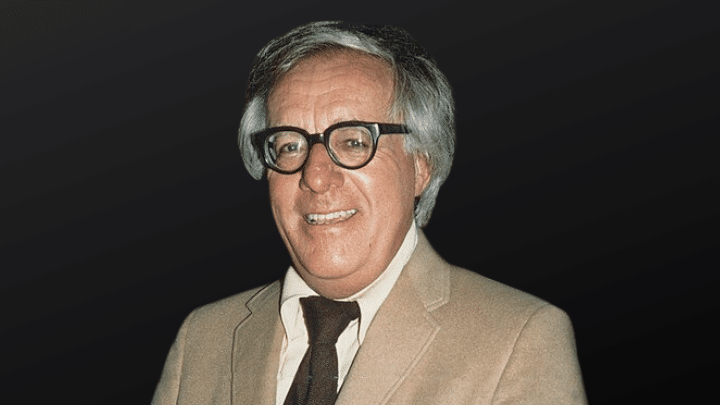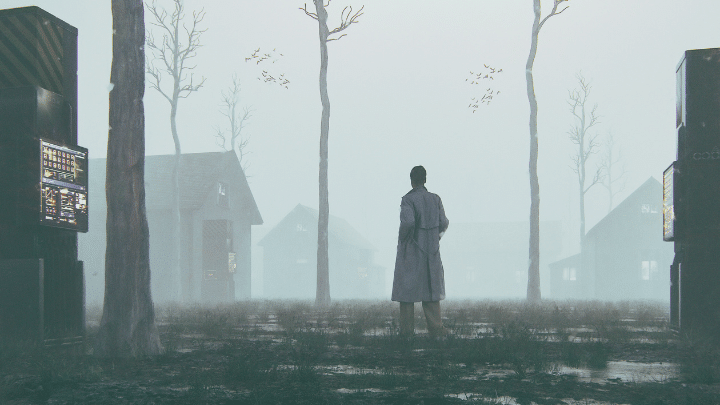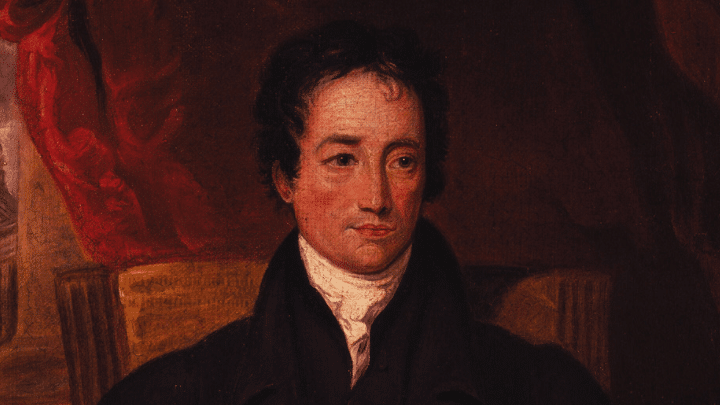15 Best Ray Bradbury Short Stories You Must Read

The realm of speculative fiction has been graced with numerous titans, but few have left as indelible a mark as Ray Bradbury. Born in the heartland of America in 1920, Bradbury’s formative years were marinated in the whimsical tales of Edgar Rice Burroughs and the boundless realms of science fiction pulp magazines. From these roots grew a writer who was not just prolific but also profound. Bradbury’s works are characterized not just by their imaginative flair, but by their deep reflection on the human experience – our dreams, our fears, our past, and our potential future.
The 20th century witnessed seismic shifts in technology, society, and culture. Bradbury, with an artist’s insight, often stood at the cusp of these changes, peering into the void of the unknown and weaving narratives that challenged the reader’s perceptions. His stories weren’t just tales of martians, futuristic cities, or dystopian realities; they were, at their core, profound explorations into the human psyche, understanding how it would react and adapt to these ever-evolving scenarios.
Ray Bradbury’s short stories, in particular, are masterpieces of brevity, precision, and depth. These stories, ranging from hauntingly beautiful to chillingly prescient, have managed to encapsulate vast ideas into a few pages. They compel readers to introspect, to question, and often to marvel at the intricate tapestry of emotions and scenarios he paints. Bradbury’s tales traverse through time, space, and consciousness, yet they always anchor themselves in the raw, unchanging essence of humanity.
1. A Sound of Thunder
In “A Sound of Thunder,” Bradbury crafts a cautionary tale about the unpredictability and immense consequences of seemingly insignificant actions. A time-travel safari goes terribly wrong when a single misstep alters the course of history. This tale prompts readers to ponder the butterfly effect, a concept where small initial differences may lead to vast divergences in the outcome, wrapped in the allure of sci-fi adventure.
2. The Veldt
“The Veldt” is a haunting exploration of over-reliance on technology and the impact of unchecked imagination. The Hadley family’s futuristic home caters to every need, but it’s the children’s nursery, which manifests their darkest fantasies, that takes centre stage. As the line between reality and illusion blurs, Bradbury deftly examines the price of unchecked luxury and the potential dangers lurking in our desires.
3. There Will Come Soft Rains
The desolation of a post-apocalyptic world is contrasted with the persistent routines of an automated house in “There Will Come Soft Rains.” The house, undeterred by the lack of human presence, continues its daily functions, emphasizing the lasting impact of human-made creations even in our absence. Bradbury’s narrative, while hauntingly beautiful, is a stark reminder of the dangers of unchecked technological progress and the fragility of life.
4. All Summer in a Day
Bradbury transports readers to a rain-soaked Venus, where the sun emerges for just a brief moment every seven years in “All Summer in a Day.” Amid this rare spectacle, the narrative sheds light on the depths of childhood emotions, capturing both the innocence and cruelty they can embody. It’s a poignant story of anticipation, envy, and the ephemeral nature of joy.
5. The Pedestrian
Set in a dystopian future where human connection has dwindled, “The Pedestrian” follows Leonard Mead’s simple act of taking nightly walks, a seemingly harmless habit that becomes an act of rebellion. Bradbury crafts a chilling commentary on societal conformity, highlighting the dangers of over-reliance on technology and the loss of individuality. The narrative encourages introspection on the balance between modernity and our innate human need for genuine connections.
6. Dark They Were, and Golden-Eyed
In this evocative narrative, Bradbury explores the transformative power of the environment on the human psyche. As a group of humans settle on Mars, they slowly begin to undergo physical and psychological changes, becoming increasingly alien in the process. Bradbury’s story subtly underscores the fluidity of identity, suggesting that who we are might be intrinsically tied to where we are.
7. Kaleidoscope
“Kaleidoscope” is a powerful meditation on life, death, and human relationships. When a crew of astronauts finds themselves facing certain death, stranded in the vastness of space, they confront their past mistakes, regrets, and the fleeting nature of existence. Bradbury delves deep into the human psyche, showcasing our innate need for connection and understanding, even in the face of the inevitable.
8. The Fog Horn
With “The Fog Horn,” Bradbury crafts an atmospheric tale of loneliness and yearning. A sea monster, drawn to the mournful cry of a lighthouse horn, believes it’s hearing a call from one of its own kind. The story, steeped in melancholy and longing, examines the universal quest for connection and the heartbreaking reality of unmet desires.
9. The Golden Kite, the Silver Wind
Through the allegory of two cities endlessly redesigning their walls in competitive one-upmanship, “The Golden Kite, the Silver Wind” addresses the futility of rivalry and the need for harmony. Bradbury’s narrative, rich in symbolism, serves as a timeless reminder of the importance of collaboration and the dangers of persistent conflict.
10. The Last Night of the World
In this serene yet haunting tale, Bradbury explores how individuals might choose to spend their final moments. When a couple realizes that the world is drawing to its quietus, they opt to savour simple, mundane moments together. Through this narrative, Bradbury probes the essence of life, love, and the profound beauty of everyday experiences.
11. The Long Rain
“The Long Rain” offers readers a visceral experience of Venus, marked by its relentless downpours. A group of astronauts, in their quest to find the elusive Sun Dome, grapples with despair and the maddening effects of the incessant rain. Bradbury masterfully intertwines the outer challenges of the environment with the internal struggles of the human spirit.
12. Zero Hour
Children’s play takes a sinister turn in “Zero Hour.” As kids worldwide engage in the seemingly innocent game of “Invasion,” it becomes the precursor to a real and impending extraterrestrial threat. Bradbury cleverly juxtaposes the innocence of childhood with the dark potentialities of trust and naivety.
13. The Flying Machine
Set against the backdrop of ancient China, “The Flying Machine” dives into the moral complexities of innovation. When the Emperor is confronted with the implications of human flight, he faces a profound ethical dilemma. Bradbury’s tale resonates with contemporary debates on technological advancements, questioning the cost of progress.
14. I See You Never
“I See You Never” is a heartrending tale of displacement and the human cost of stringent policies. Focusing on a Mexican man facing deportation from the U.S., Bradbury beautifully captures the emotions of longing, loss, and the stark reality many immigrants face.
15. The Small Assassin
A foray into psychological horror, “The Small Assassin” dives into the anxieties of new parenthood. A couple becomes increasingly convinced that their newborn harbours malevolent intentions. Bradbury’s narrative is a chilling exploration of the fears and vulnerabilities that accompany the joys of bringing a new life into the world.
Conclusion
Ray Bradbury’s stories transcend the confines of genre and era, emerging as timeless reflections on the human condition. Through vivid landscapes and compelling characters, he captures the eternal dance of hope and despair, progress and consequence, wonder and disillusionment. These tales, while rooted in the fantastical, are strikingly real, resonating with every reader’s innermost sentiments and experiences. His legacy, etched in the annals of literary history, is a testament to the power of storytelling – to provoke, inspire, and forever change the way we perceive our world and our place within it.






